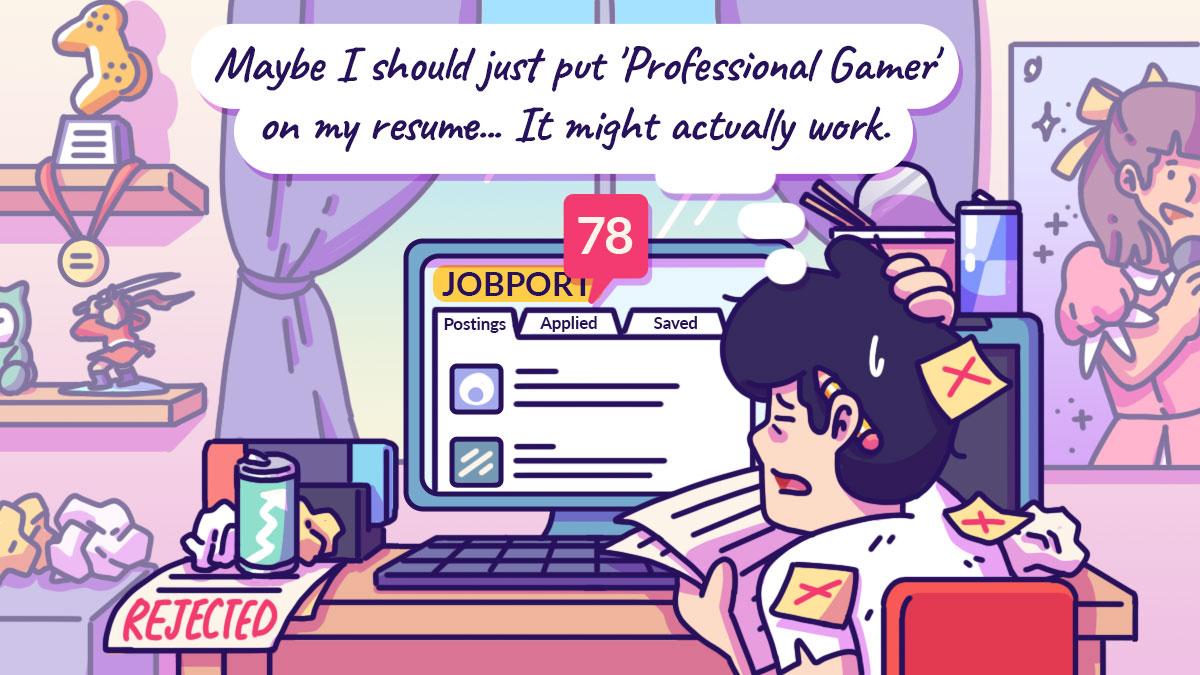Have you ever felt like you're on autopilot at work? You clock in at 9am, and clock out at 6pm, five days a week, with no clear direction or strategy to advance your career. Many of us fall into this trap, merely showing up, doing the minimum needed, and hoping for the best. However, this passive approach can leave us stagnating in unfulfilling roles.While it's natural to see our jobs as a way to pay the bills and to thrive in today's ever-changing workplace, you need to actively invest in your career to improve and earn more.
Think of your professional life as an investment - it needs attention and strategic planning to grow. This means consistently upgrading your skills and getting new ones, transforming your work life from a series of random jobs into a purposeful journey towards your professional goals.Are you truly investing in your career, or just coasting along? It's a question many of us need to ask ourselves, but often avoid. Here are some common signs to look out for.
5 clear signs you are not invested in your work
#1 Just scraping by
The first and most obvious sign is doing just enough to get by. If you find yourself always aiming for the bare minimum rather than striving for excellence, you're likely underinvesting in your work.
While this approach might keep you employed for now, it won't lead to promotions, raises, or job satisfaction in the long run. Ask yourself: Are you proud of the work you're producing, or are you merely ticking boxes?
#2 Waiting for instructions
Another indicator is a lack of initiative. Do you sit back and wait for tasks to be assigned, or do you actively seek out new projects and responsibilities? People who are invested in their careers are proactive.
They spot issues before they become problems and come up with solutions. They raise their hands for challenging assignments and find ways to contribute beyond their basic job description. If you're always waiting to be told what to do next, it might be time to shift gears.
#3 Shying away from challenges
Growth happens when we push ourselves out of our comfort zones. If you consistently avoid difficult tasks or turn down opportunities to take on more responsibility, you're missing out on valuable chances for professional development.
Embracing challenges is how you get new skills, prove your abilities, and prepare for higher-level positions. The next time a challenging opportunity arises, try saying "yes" instead of "no."
#4 Neglecting to learn new skills
In our fast-changing work environment, continuous learning isn't just a nice-to-have—it's a must-have.
If you're not actively working to expand your knowledge and skills, you're falling behind. This could involve staying up-to-date with industry trends, mastering new software, or pursuing more qualifications.
A lack of curiosity about developments in your field is a clear sign that you're not investing in your professional growth. What's the last new skill you learned for your job?
#5 No professional development plan or goals
Perhaps the most telling sign is not having a clear professional development plan or set of career goals.
If you can't describe where you want your career to be in the next few years, or if you haven't considered the steps needed to get there, you have not invested in your career development path. Without a destination in mind, how can you know if you're on the right path?
The importance of charting your career course
Seeing these signs in yourself doesn't mean you're a bad employee or that you've failed.
It simply means there's room for improvement and growth.
Consider it a wake-up call to actively invest in your career, opening doors to new opportunities and greater job satisfaction. Your career is a journey, and it's up to you to steer it in the right direction.
So, how do you start? First, take a good look at where you are now. What are you good at? What do you enjoy doing? What matters most to you in a job? These questions help you understand your starting point.
Next, do some homework on your industry. What's changing? Where are the opportunities? This research helps you spot potential paths for growth.Now comes the exciting part: setting your goals. Think about where you want to be in three to five years. Dream big but keep it realistic. Break these big goals into smaller, actionable steps. Maybe it's finding a mentor, tackling a challenging project, or enrolling in a course to learn a new skill.
Here's a simple checklist to set up your career goals:
- Know Yourself: Understand what you're good at, what you need to improve, and what drives you.
- Scout the Terrain: Keep up with what's happening in your field.
- Set Your Destination: Define where you want to be in a few years.
- Plan Your Route: Figure out what you need to learn or do to get there.
- Mark Your Milestones: Set up checkpoints to make sure you're on track.
- Investing in your work isn't just about chasing promotions or a bigger paycheck. It's about creating a professional life that makes you feel fulfilled and aligns with what's important to you.
Think of it as a journey of continuous growth and learning, where you're constantly evolving into a better version of yourself.











